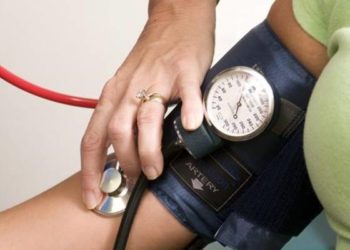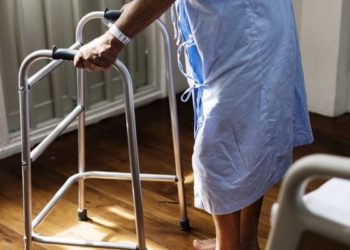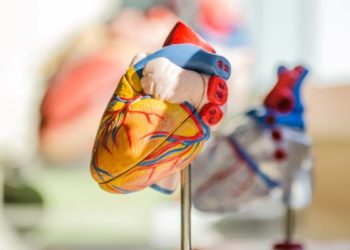Risk model underestimates the negative cardiovascular effects of living in a disadvantaged neighborhood
1. Neighborhood socioeconomic position may have a significant impact on major atherosclerotic cardiovascular disease (ASCVD)-related events.
2. Population-based solutions targeted at reducing differences in neighborhood socioeconomic position may help improve ASCVD risk.
Evidence Rating Level: 2 (Good)
Study Rundown: The authors of this study aimed to evaluate the relationship between neighborhood socioeconomic position, clinical risk assessment, and major ASCVD-related events. It was observed that the risk model used—the Pooled Cohort Equations Risk Model (PCERM) of the American College of Cardiology and American Heart Association—underestimated the negative cardiovascular effects of living in a disadvantaged neighborhood. This study has several limitations. First, the authors were not able to identify possible causative contributions of specific factors in the analysis, as they used an index rather than specific measures of each social and environmental determinant. Additionally, patients from affluent communities were overrepresented. Overall, the results of this study suggest that population-based solutions regarding socioeconomic housing disparities may help improve cardiovascular health outcomes.
Click to read the study, published in the Annals of Internal Medicine
Relevant Reading: The impact of social determinants on cardiovascular disease
In-Depth [retrospective cohort]: The authors designed an observational retrospective cohort analysis of geocoded longitudinal electronic health records. The health records were retrieved from the Cleveland Clinic Health System (CCHS) from 2007 to 2010. In total, 109 793 patients were included in the study. Generally, it was observed that the PCERM model under-predicted ASCVD event risk to a greater extent with patients from disadvantaged socioeconomic neighborhoods compared to patients from affluent neighborhoods. For example, the model discrimination for the disadvantaged neighborhoods had a concordance index [C] of 0.70 (95%CI, 0.67 to 0.74), while the affluent neighborhoods had an index of 0.80 (CI, 0.78 to 0.81). Furthermore, the locally calculated neighborhood disadvantage index (NDI) accounted for 65.2% of the variability in the 8 census-track level indicators. Significant geographic variation was also observed with respect to major ASCVD events, which the authors could attribute to the distribution of the NDI.
Image: CC/Wiki
©2017 2 Minute Medicine, Inc. All rights reserved. No works may be reproduced without expressed written consent from 2 Minute Medicine, Inc. Inquire about licensing here. No article should be construed as medical advice and is not intended as such by the authors or by 2 Minute Medicine, Inc.







